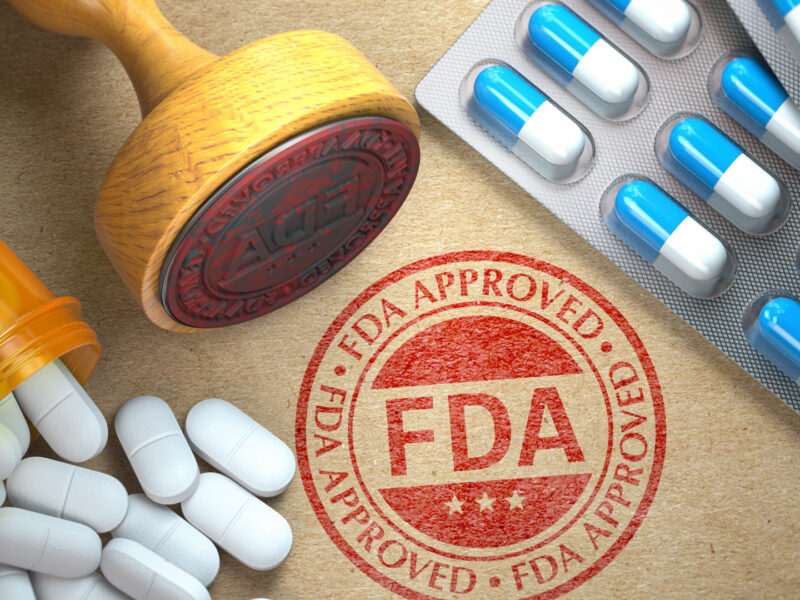In the intricate tapestry of modern medicine, the journey from a promising molecule to a safe and effective drug reaching patients’ hands is a meticulously orchestrated process. Central to this journey is the rigorous oversight of regulatory bodies like the U.S. Food and Drug Administration (FDA), which ensures that medications meet stringent standards of safety, efficacy, and quality. Understanding the FDA drug approval process unveils the layers of scrutiny and evaluation vital for protecting public health and advancing medical innovation.
Stage 1: Preclinical Research
At the inception of a new drug, extensive preclinical research sets the foundation for its development. This phase involves laboratory experiments and animal studies to assess the drug’s safety profile, pharmacological activity, and potential efficacy. Researchers meticulously analyze how the drug interacts with biological systems, identifying any adverse effects and optimizing dosages for further investigation. While preclinical research doesn’t involve human subjects, its findings lay the groundwork for subsequent clinical trials.
Stage 2: Clinical Trials
The transition to clinical trials marks a pivotal stage in the drug development process. Divided into three phases, these trials involve human participants and aim to evaluate the drug’s safety, efficacy, and optimal dosage under controlled conditions.
Phase I trials typically involve a small group of healthy volunteers and focus on assessing the drug’s safety, dosage range, and potential side effects. Researchers closely monitor participants to identify any adverse reactions and determine the drug’s pharmacokinetics—how it’s absorbed, distributed, metabolized, and excreted by the body.
Moving to Phase II, the focus shifts to a larger group of patients afflicted with the target condition. Here, researchers delve deeper into the drug’s efficacy, studying its therapeutic effects and further assessing safety. These trials provide crucial insights into the drug’s potential benefits and risks across a diverse patient population.
Phase III trials represent the culmination of extensive research efforts, involving a broader patient population across multiple clinical sites. These trials aim to confirm the drug’s efficacy, monitor long-term safety outcomes, and compare its performance against existing treatments or a placebo. By rigorously evaluating the drug’s benefits and risks in real-world settings, Phase III trials provide pivotal data for regulatory review and decision-making.
Stage 3: Regulatory Review
Upon completion of clinical trials, drug developers compile comprehensive data on the drug’s safety, efficacy, and quality to submit to regulatory authorities like the FDA. This dossier undergoes thorough review by regulatory experts, who scrutinize every aspect of the drug’s development, from preclinical research to clinical trial data.
In the fourth paragraph, it’s essential to emphasize the crucial role of regulatory review in ensuring that only safe and effective medications reach the market. The FDA employs a meticulous review process, meticulously evaluating the submitted data to determine whether the benefits of the drug outweigh its potential risks. This scrutiny extends to the drug’s manufacturing processes, labeling, and packaging, ensuring consistency and adherence to quality standards.
Stage 4: Post-Market Surveillance
Even after a drug receives FDA approval and enters the market, the journey doesn’t end. Post-market surveillance plays a vital role in monitoring a drug’s safety and effectiveness in real-world settings. Healthcare professionals, patients, and manufacturers report adverse reactions or unexpected side effects to regulatory authorities, enabling ongoing evaluation and potential regulatory action if safety concerns arise.
In conclusion, the FDA drug approval process serves as a cornerstone of public health, balancing the imperative for innovation with unwavering commitment to safety and efficacy. By navigating through preclinical research, clinical trials, regulatory review, and post-market surveillance, this rigorous process ensures that every medication reaching patients’ hands meets the highest standards of quality and reliability.






